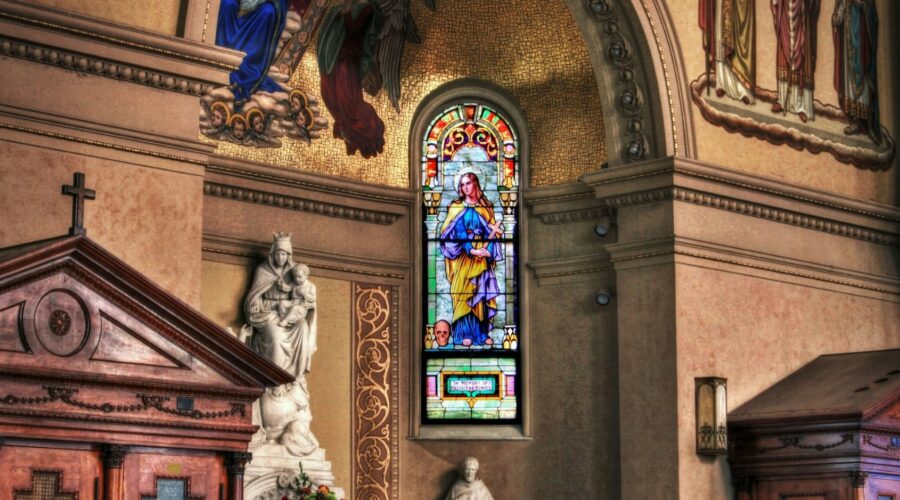Your cart is currently empty!
St. Gregory: A Comprehensive Guide to His Life and Legacy

Introduction
St. Gregory is a revered figure in Christianity and has left an enduring legacy that has shaped the faith至今. This comprehensive guide delves into the life, works, and impact of this influential saint, providing insights into his contributions to theology, liturgy, and Catholicism.
Early Life and Education
- Born Gregory I in Rome around 540 AD
- Came from a wealthy and aristocratic family
- Received a classical education, studying grammar, rhetoric, and philosophy
- Entered public service at a young age, holding high-ranking positions in the city administration
Papal Career
- Elected Pope in 590 AD, taking the name Gregory I
- Faced numerous challenges during his papacy, including political strife, barbarian invasions, and a plague outbreak
- Established the Roman Catholic mission to England, sending Saint Augustine of Canterbury to convert the Anglo-Saxons
- Introduced liturgical reforms, including the Gregorian chant and the establishment of a standardized Mass
Theological Contributions
Gregory I was known for his theological writings and commentaries:
- Moralia in Job: A commentary on the biblical book of Job, exploring its moral and allegorical meanings
- Homilies on the Gospels: A series of sermons on the Gospel readings, providing practical and spiritual guidance
- Dialogues: A collection of anecdotes and legends about the lives of saints and holy men
Legacy and Impact
Gregory I left a profound legacy on Christianity:
- Influence on the Gregorian Calendar: His name is associated with the calendar system that is still used today
- Patron Saint of Teachers: Honored for his contributions to education and the promotion of literacy
- Father of the Liturgy: His reforms to the Mass and the introduction of Gregorian chant standardized and enriched Catholic worship
- Died in Rome in 604 AD
- Canonized as a saint shortly after his death
- Remains are interred in St. Peter’s Basilica in Rome
- Feast day celebrated on September 3rd
Later Life and Veneration
| Year | Event |
|---|---|
| c. 540 AD | Born Gregory I in Rome |
| c. 560 AD | Entered public service |
| 590 AD | Elected Pope |
| c. 596 AD | Sent Saint Augustine of Canterbury to England |
| 604 AD | Died in Rome |
Conclusion
St. Gregory I was a multifaceted figure whose contributions to theology, liturgy, and Catholicism have had a lasting impact on the faith. His reforms, writings, and mission to England laid the foundation for the spread and development of Christianity in Europe. As a patron saint of teachers and a symbol of the power of prayer, St. Gregory continues to inspire and guide believers to this day.